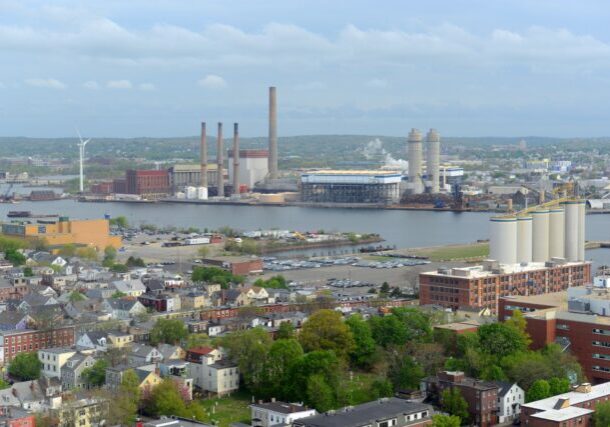June 5, 2017
The Winds of May
By Val Stori
May was an exciting month for the U.S.’s emerging offshore wind sector. In Massachusetts, utilities jointly filed a draft proposal for the solicitation of long-term offshore wind contracts, while in Maryland, the Maryland Public Service Commission (PSC) awarded offshore wind renewable energy credits (ORECs) for not one, but two, offshore wind projects. Together, the two state actions represent a commitment to develop 1968 MW of capacity by 2027. Along with the anticipated commitments of other states like New York, these state commitments are assuring a pipeline of sufficient scale to spur local economic development benefits.
Electric utilities National Grid, Eversource Energy, and Unitil submitted a proposal to the Massachusetts Department of Public Utilities (DPU) that included a timeline, method, and provisions for soliciting and executing long-term contracts for offshore wind energy as required by Section 83C of “An Act to Promote Energy Diversity.” Section 83C recognizes the environmental and economic benefits of offshore wind and directs the DPU to weigh both types of benefits. Once the filing with DPU is approved, the utilities will be able to seek bids for 400MW—and possibly up to 800 MW—of offshore wind energy for January 2018 or later. The draft proposal to DPU included a project operation deadline of 2027. Once finalized, this will be the first competitive solicitation for commercial-scale offshore wind in the U.S.; all eyes are on Massachusetts as it designs a timeframe and process that maximizes both the environmental and economic benefits of offshore wind generation.
In a much-awaited decision, the Maryland PSC awarded offshore wind renewable energy credits (ORECs) for not one, but two, offshore wind projects. U.S. Wind and Skipjack Offshore Energy were awarded ORECs to build 368 MW of capacity at $131.93/MWh for twenty years. This is the largest commitment to building offshore wind in the U.S. and positions Maryland as an epicenter of a vibrant new industry. US Wind has plans to be on-line by 2020 and Skipjack plans to be operational late in 2022. The two developers have taken different approaches to development—US Wind plans to build the 248MW project in one go, whereas Skipjack will start small (120 MW) to meet current demand and expand to meet future demand.
While the development approaches are different, both companies will have an impact on the local supply chain. In fact, the Public Service Commission stipulated thirty conditions with the OREC awards. Each developer had until May 25th to notify the PSC whether it would accept the terms of the awards, which include:
- An investment of a combined minimum of $76 million in local steel fabrication capacity
- A commitment to creating at least 4977 direct jobs during the development, construction, and operation phases
- A contribution of $6 million each to the Maryland Offshore Wind Business Development Fund
- A commitment to jointly invest at least $39.6 million in port upgrades at Tradepoint Atlantic, a shipping terminal in Baltimore, and
- A commitment to use the port facilities in Ocean City and the greater Baltimore region for construction, operations, and maintenance.
Both developers agreed to these conditions.
For more information on the Maryland OREC awards, click here. For more information on the draft RFP filed with the Massachusetts’ DPU, click here.














